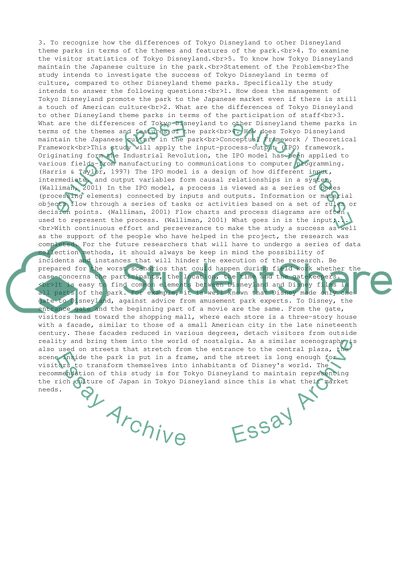Cite this document
(“Tokyo Disneyland Case Study Example | Topics and Well Written Essays - 4500 words”, n.d.)
Retrieved from https://studentshare.org/business/1529872-tokyo-disneyland
Retrieved from https://studentshare.org/business/1529872-tokyo-disneyland
(Tokyo Disneyland Case Study Example | Topics and Well Written Essays - 4500 Words)
https://studentshare.org/business/1529872-tokyo-disneyland.
https://studentshare.org/business/1529872-tokyo-disneyland.
“Tokyo Disneyland Case Study Example | Topics and Well Written Essays - 4500 Words”, n.d. https://studentshare.org/business/1529872-tokyo-disneyland.


